Apparel Education
What To Wear For Winter Cycling: Torso & Legs
Posted on: 11/10/22

Do you know what to wear when riding in cold weather? Our four-part guide to winter ride apparel will help you learn how to dress for winter biking from head to toe.
In this edition, we’ll cover how to keep your legs and torso warm and dry. Your core is essential to controlling the rest of your body’s temperature, so keeping it warm should be a top priority. Read on for our guide to more-comfortable rides all winter long.
The key to staying comfortable on cold rides is layers. When you wear the right layers of clothing, they work together to do three things:
- Trap warm air
- Move sweat away from your body
- Keep out rain and snow

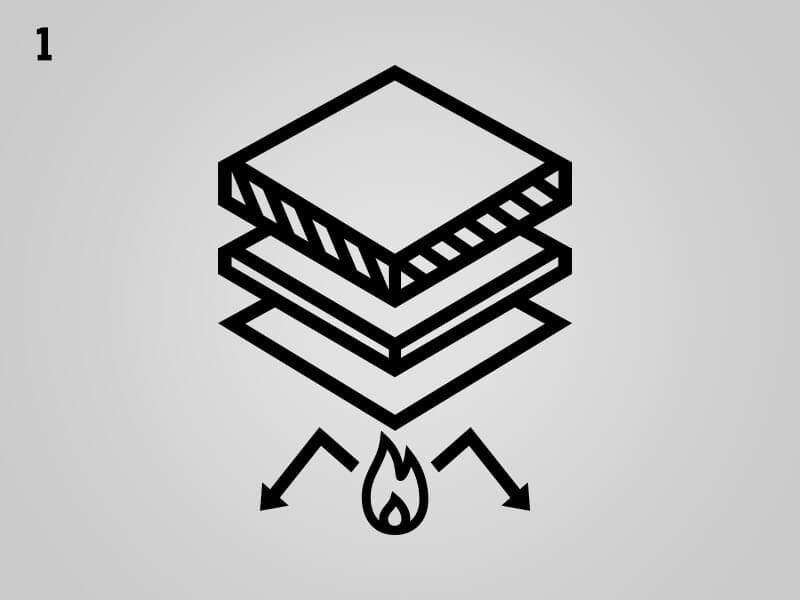
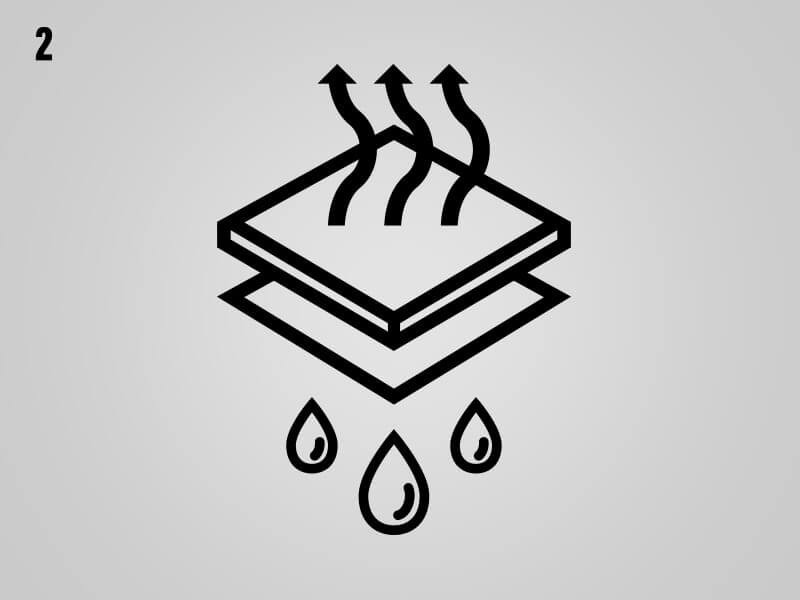
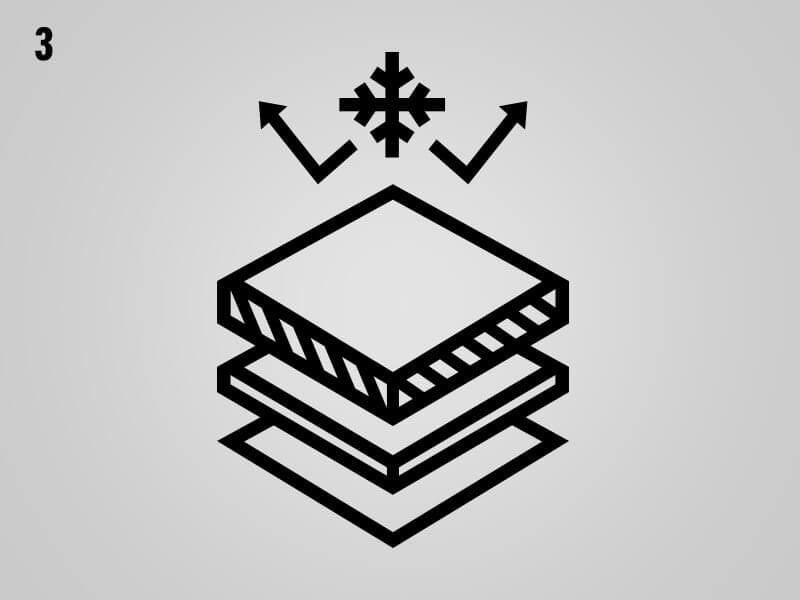
Dressing in layers also makes it easy to add and remove clothing if you get too cold or warm as conditions and your exertion level change.
The three levels of layers
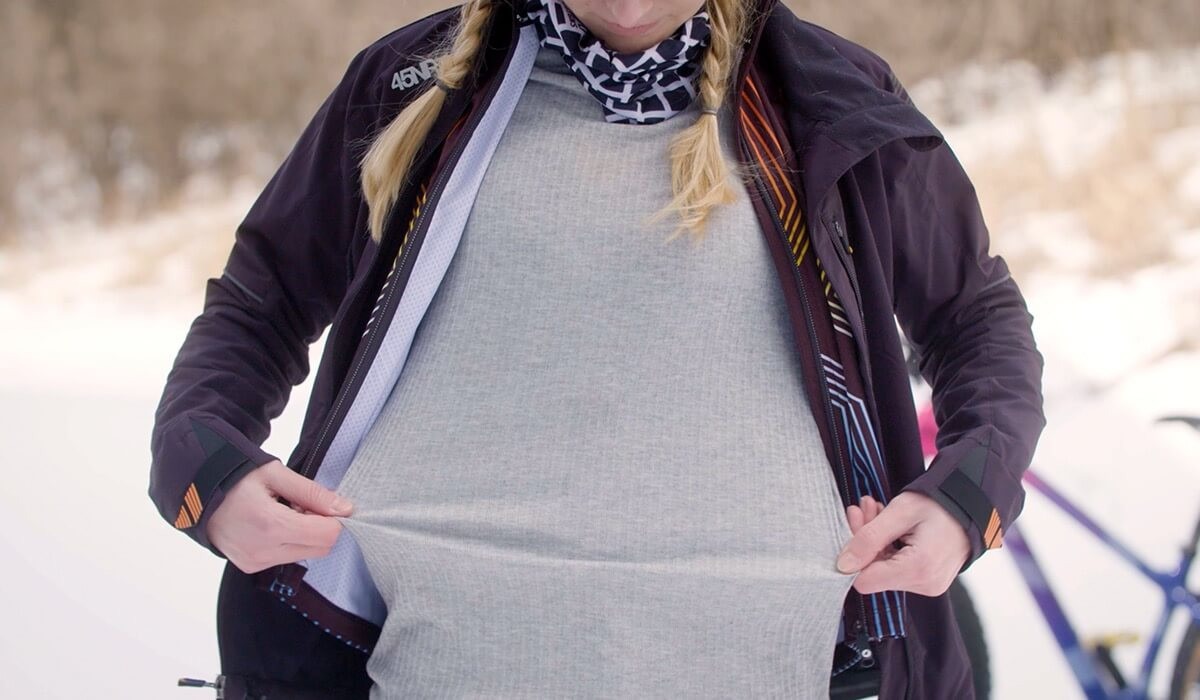
Your first layer – Also known as a base layer, this should be a top and leggings that are lightweight, form-fitting, and moisture-wicking. We recommend Merino wool for this base layer because it moves sweat away from your body and keeps you warm even if it gets wet.
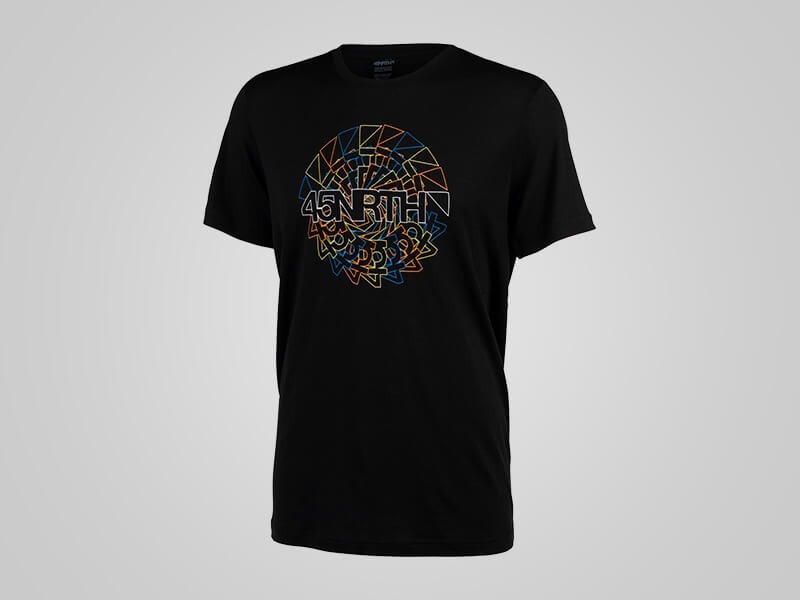
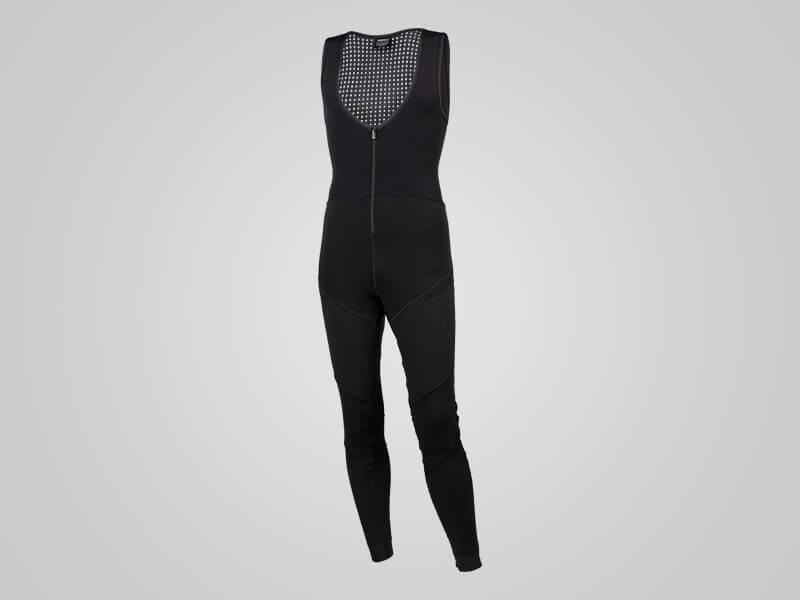
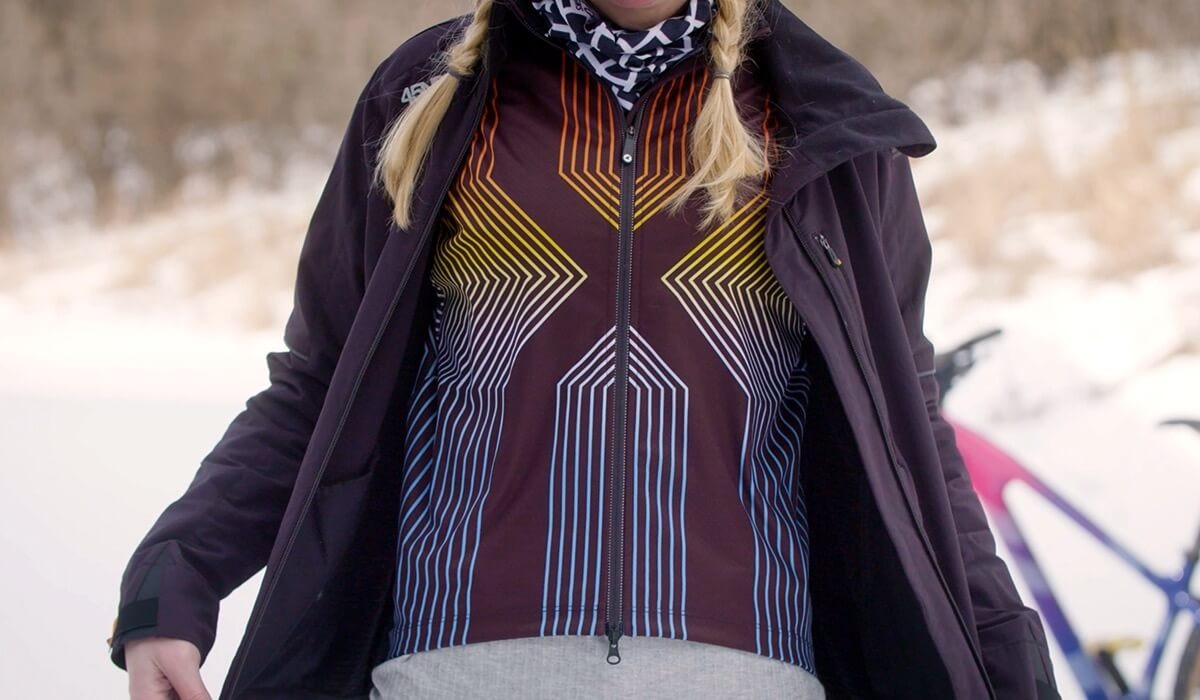
Your second layer – If the temperature is well below freezing, or you plan to stop a lot, you might want a mid layer over your base layer. This mid layer should be a breathable and sweat-wicking fabric, like a cycling jersey and tights. This will add a bit of insulation and continue to move sweat away from your body.
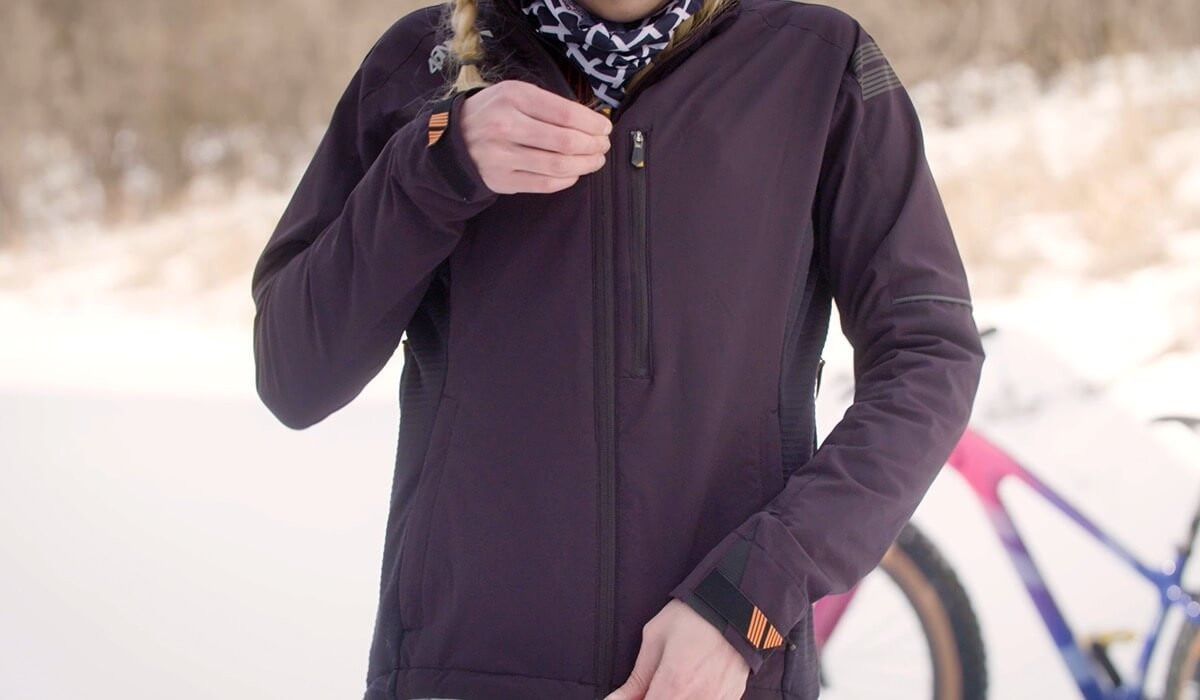
Your third layer – This is your outermost layer and it should protect you from the elements. Go with a jacket and pants that are wind- and water-resistant, but make sure they’re also breathable so the moisture from your sweat can escape. Our Naughtvind Jacket and Pants fit the bill.
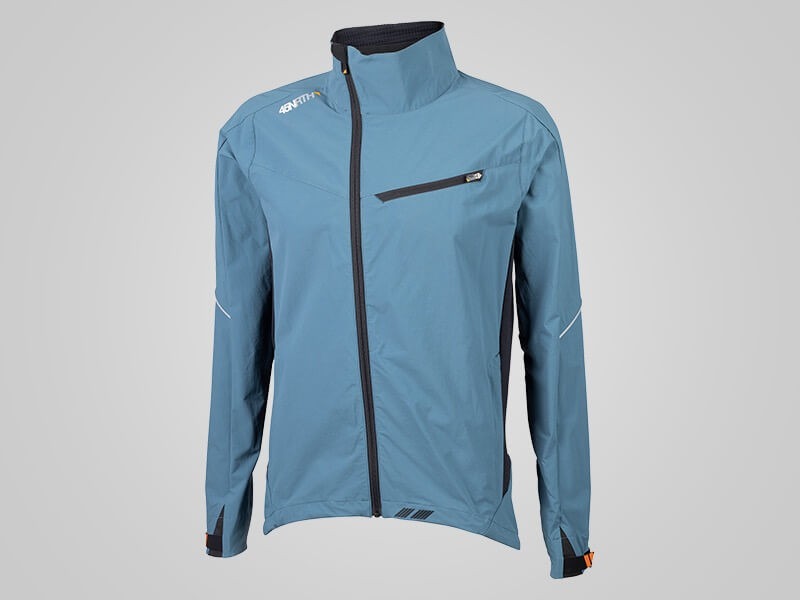
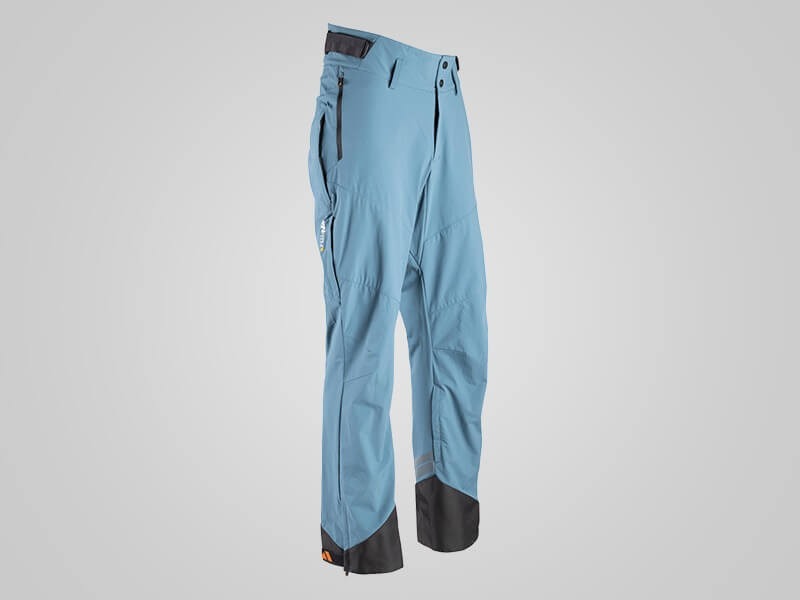
Keep in mind that your first and second layers can be short sleeves or vests — the most important aspects are fabric and fit. Over time, you’ll learn how to dial in the right combination of items for any given conditions.
Start cool, stay comfortable
Remember that your body will heat up as you get moving, so it’s better to start off your riding feeling a little cold. You’ll feel much more comfortable after a few minutes of pedaling.
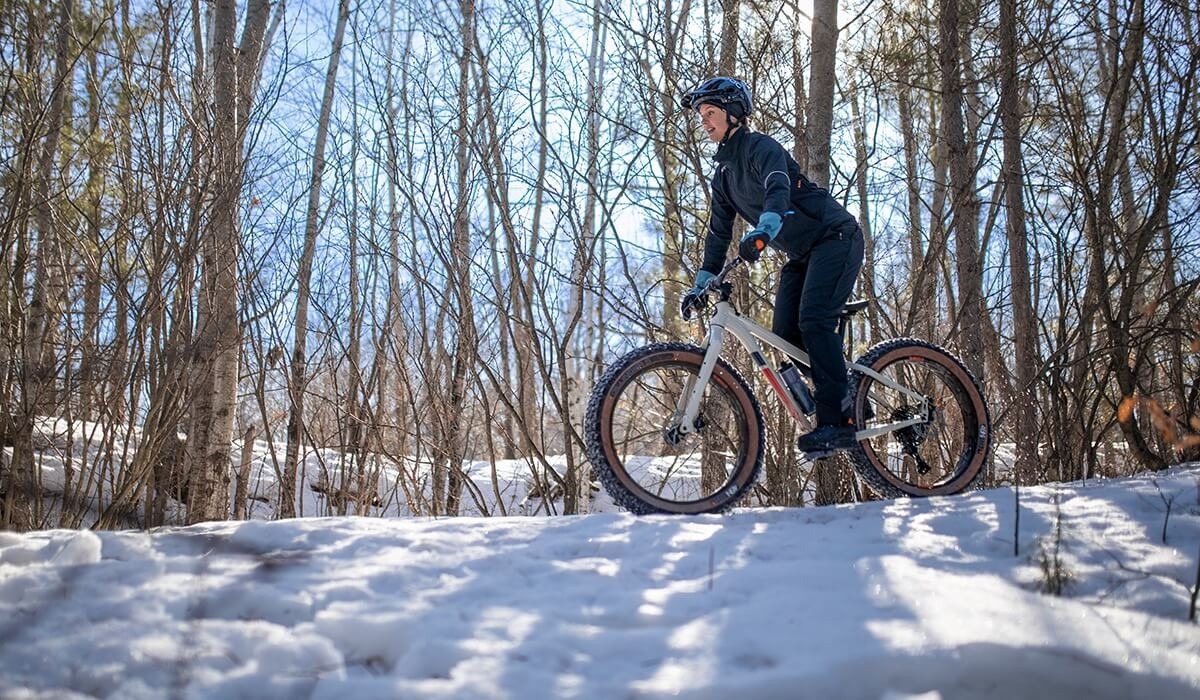
Ready to gear up for winter? Explore our full collection of cold-weather riding apparel. For more winter bike clothing guidance, watch our videos on keeping your head, neck, hands, and feet warm and dry through the cold seasons.
